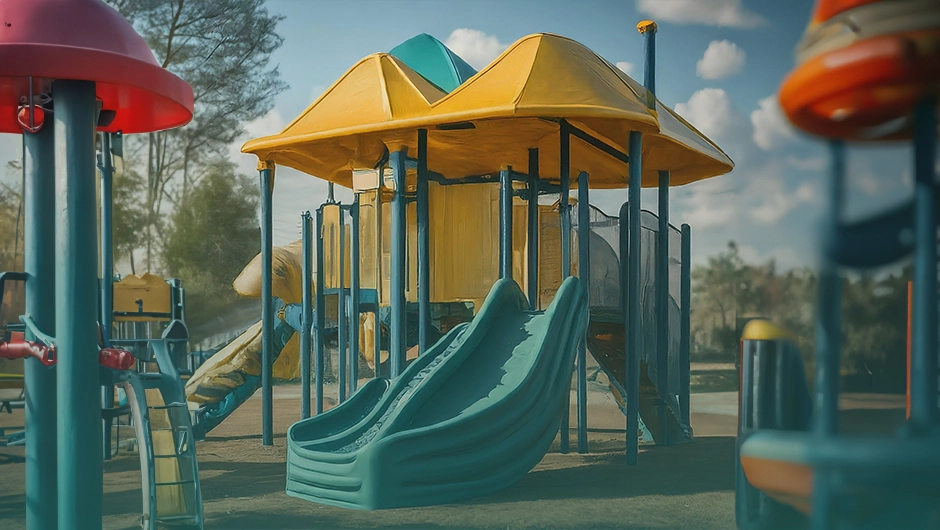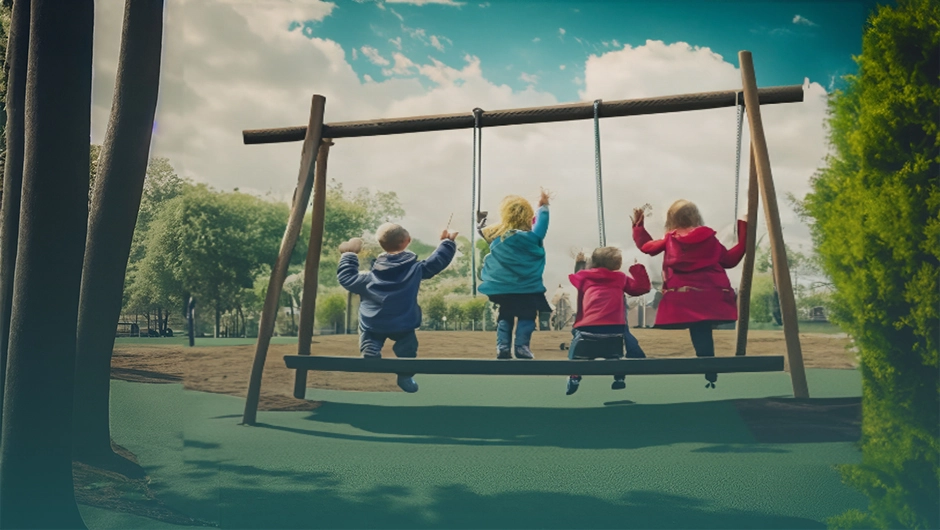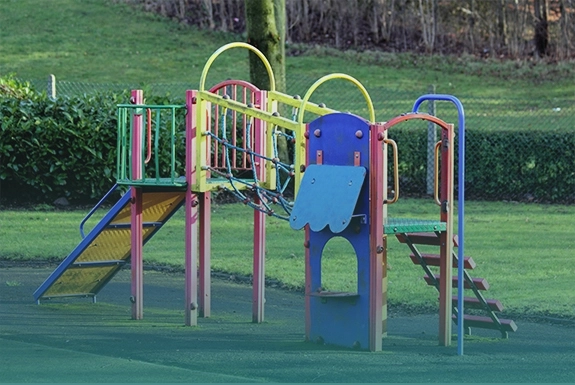
What You Need To Know About Playground Safety
As a playground owner, you know that playground safety is very important. That's why playground safety inspections aren't just recommended, but required by law. Playground safety inspection software can help you breeze through inspections more quickly and effectively, but it's still important to understand what to look for in order to prevent injuries and accidents on your playground.
What are the most common playground accidents for children?
Understanding what sorts of accidents are common on playgrounds will help you view your playground with a keen eye. You will be able to identify hazards more easily when you are able to look at your equipment to see if it has the potential to cause any injuries.
Broken bones, fractures, dislocations, sprains and strains
To prevent broken bones and dislocations on a playground, ensure that the playground surface is soft and impact-absorbing, and that there is adequate supervision of children at all times. Regularly inspect playground equipment for damage or wear and replace or repair as needed.
Internal organ injuries and concussions
Prevention of internal organ injuries and concussions is similar to prevention of broken bones and dislocations in that you want to ensure playground surfaces are soft and impact-absorbing. Additionally, make sure that there aren't any high unprotected areas that children could easily fall from.
Strangulation and entrapment
To prevent these injuries, look for any holes that children's feet could get stuck in, or hanging chains and ropes that they could get caught on. Make note of any damage that could cause these types of injuries and put in an order to get it fixed quickly.
Friction burns and bruises
To prevent friction burns and bruises on a playground, ensure that all equipment is in good condition, free from any sharp or rough edges or points. In addition, ensure that any surfaces that they could fall on are made of the proper materials.
What are the common safety hazards in playgrounds?
On top of knowing what sorts of injuries are common on playgrounds, it is important to know what common safety hazards are. Some of these can be easily fixed during a routine inspection, while others will need to have a work order put in place. If you are using playground safety inspection software, you can do this quickly and easily during your inspection using your tablet or smartphone. Whether you are using software or submitting your report manually, it is important that you ensure safety hazards are being fixed quickly.
- Crush and shear Points
- Sharp points, corners, protrusions, or edges
- Suspended and tangling hazards (ropes, wires, etc.)
- Inadequate falling space/impact area and playground surfacing and high platforms without barriers
- Lack of maintenance, broken or faulty equipment
- Inadequate supervision
- Contaminated with dangerous items such as broken glass and syringes
What is a playground safety checklist?
A playground safety checklist is a list of items to inspect and verify to ensure that a playground is safe for children to play on. It is commonly used in playground safety inspections to make sure that there are no hazards present. The checklist typically includes items such as:
Surfacing
The surface under and around playground equipment should be soft and shock-absorbing to help prevent serious injuries in case of a fall. Materials such as rubber mulch, pea gravel, and sand are commonly used for this purpose.
Equipment
Playground equipment should be age-appropriate and well-maintained to minimize the risk of injury. Equipment should be inspected regularly for any signs of wear or damage, and repairs or replacements should be made as needed.
Supervision
Adequate supervision is essential to ensure the safety of children on the playground. Supervisors should be trained in playground safety and be able to identify and address potential hazards.
Rules and Guidelines
Establishing clear rules and guidelines for playground use can help prevent accidents and injuries. Children should be taught to follow these rules, such as not climbing on equipment that is not designed for their age or ability, and always using caution when playing.
How do you test playground equipment?
There are a few different ways to test playground equipment. You can use a playground safety inspector, a playground safety checklist, or playground safety inspection software. Maybe you will use all three.
One common method is to use a playground safety inspector. These inspectors are trained to identify potential hazards and make recommendations for repairs or improvements.
Another method is to use a playground safety checklist. These checklists can be found online or from playground safety organizations. They typically include a list of items to inspect, such as the condition of the equipment, the surfacing, and the surrounding area.
Finally, you can use playground safety inspection software that will guide you through the process on your phone or tablet. You can easily create and send work orders, and take pictures of hazards without worrying about missing or forgetting any crucial steps.
Are you interested in using playground safety inspection software to help you streamline your inspection process and keep everything organized in one place? Schedule a demo with ParkZapp today to learn more about how we can help you ensure your playgrounds are safe and free from hazards.





